Is it true that ballet dancers enjoy a long life? What is their secret?
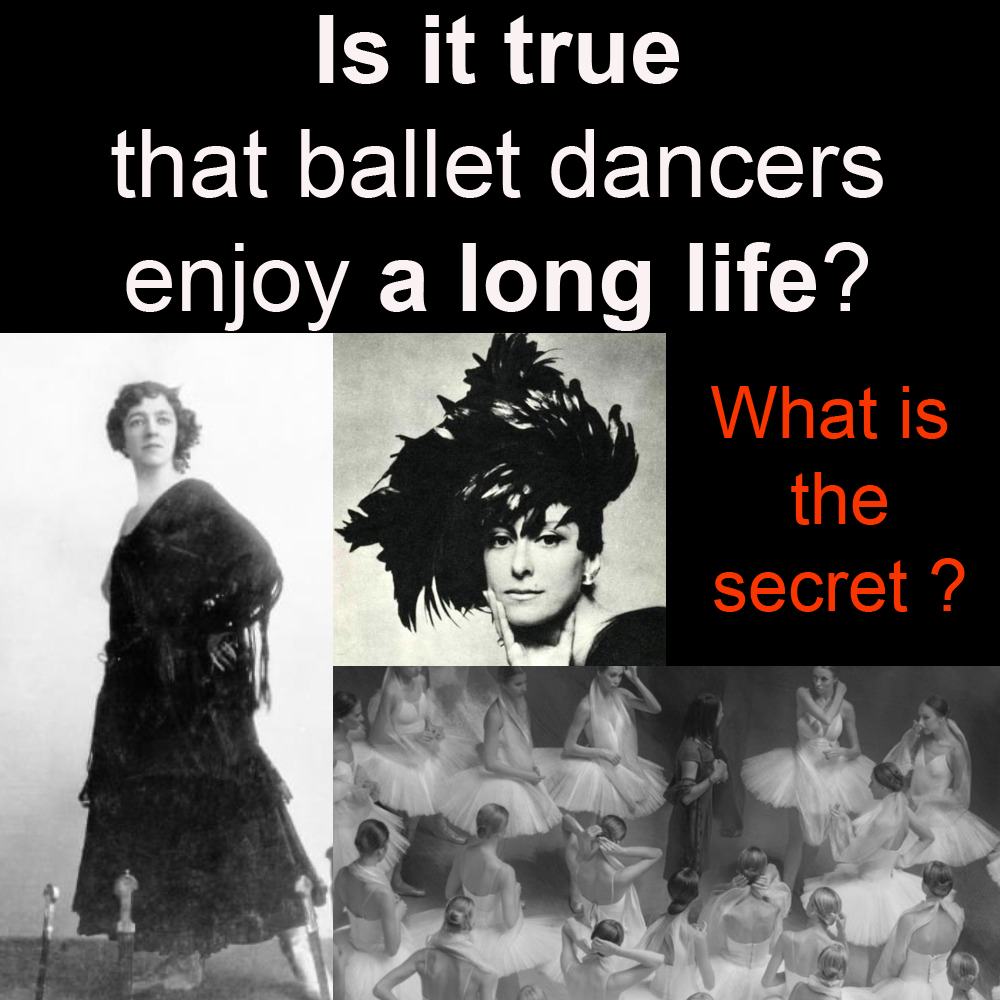
Ballet artists live under a microscope, but some of facts of their lives are difficult to explain.
For example, the notion of longevity. It’s a common perception that the dancers live long and have an excellent health. Most of the time – it’s quite true.
Of course, you cannot generalize and there are exceptions. Not all of the great representatives of this profession had these traits. For example, one might consider the tragic story of Anna Pavlova. The ballerina had such high endurance that she did not notice the first symptoms of her illness. Problems just snowballed from there – multiple instances of hypothermia one after another, including a rehearsal in an unheated hall during a tour. A cold progressed to a difficult case of pneumonia. An incident, inability to get medical attention, unsanitary condition – it all played a role in her tragic demise at only 49.
Body
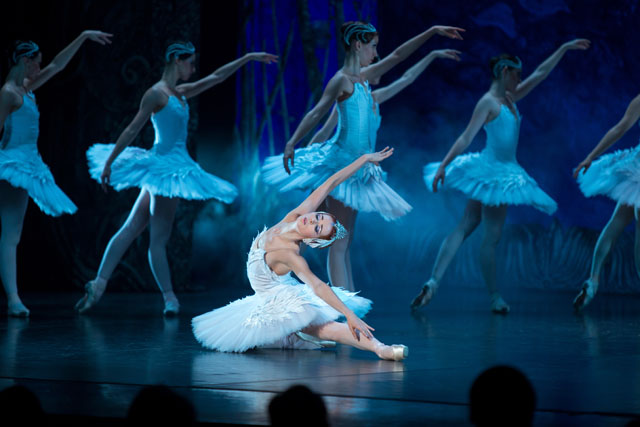
Mind

Fortunately, we have much better tools to watch and maintain our health, and the ballet dancers are monitored even more rigorously from the first years of learning the art. That includes weight monitoring in school to track child’s development, health checks at school and at the theater; having the theater doctor available during performances to provide first aid, as well as the medical insurance provided by the Ballet companies.
Ballerinas of the 20th Century provided an example that you can have longevity in the theater and make an enormous contribution to ballet. What was their secret? Let’s consider ….
First of all, professional ballet schools only accept healthy children. Currently there’s a long list of conditions and anomalies that would preclude one from serious study. ⠀
According to recollections from the ballerinas of last century, there were no such health criteria. Nevertheless, endurance and strength were emphasized from the early age, which allowed the dancer to maintain sound body and mind once their performing career were over, continue to teach for many years. Some even continued dancing even into their 60’s and 70’s.
First of all
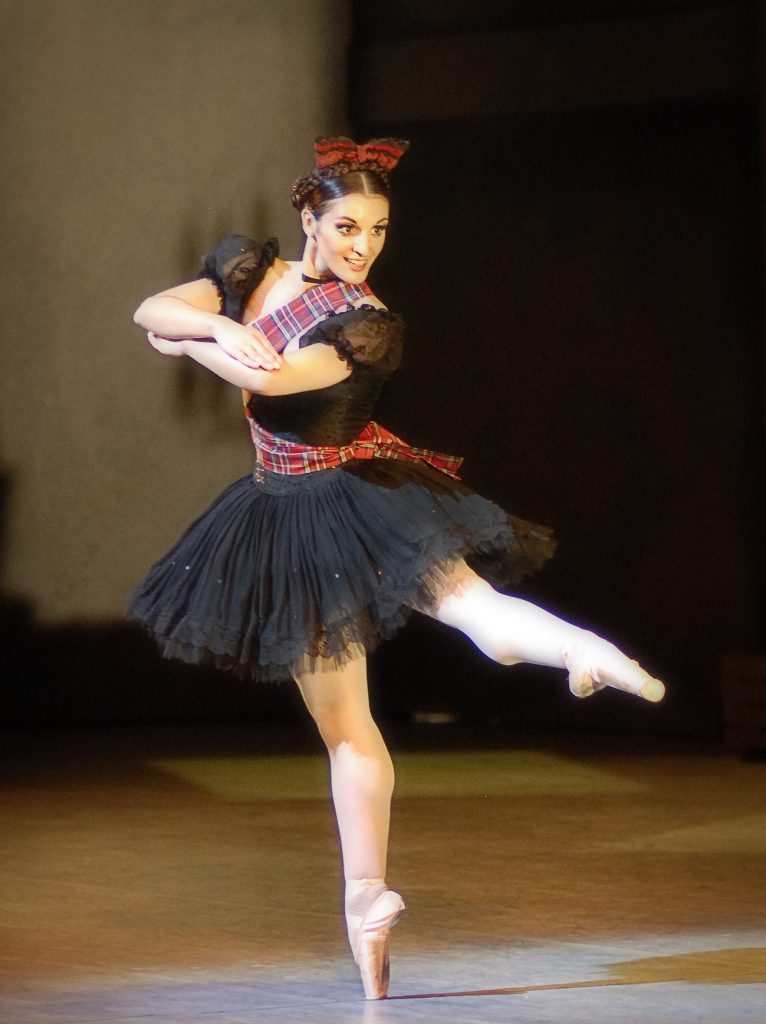
Second
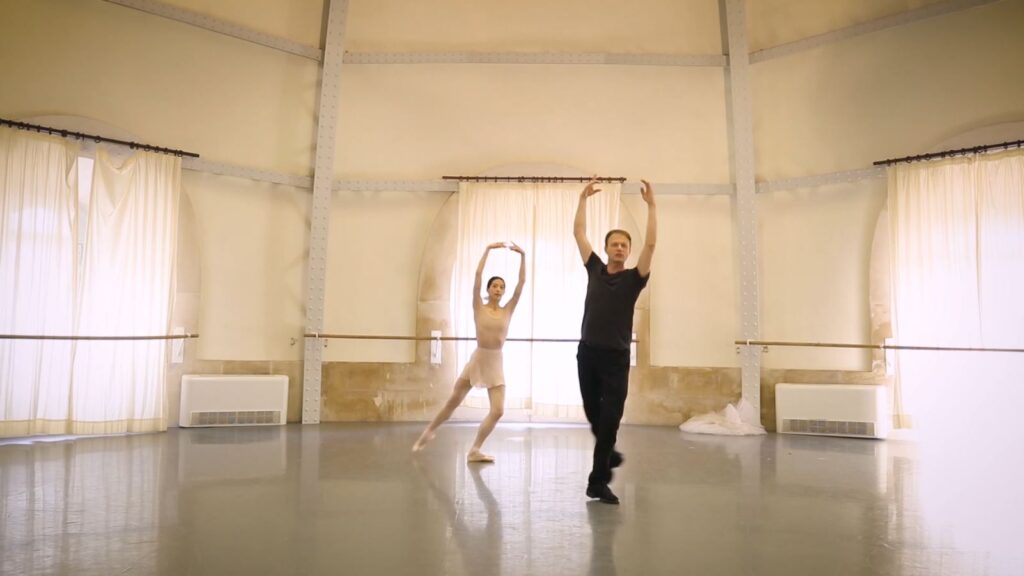
Second, it’s well known that physical exercise is a key to health. From the childhood, ballet dancers are taught to maintain focus and to push themselves to the edge of their physical abilities. Ballet is a powerful cardio training. Heart is a muscle that can be strengthened. That’s why a quality training program is created to steadily increase the strain from year to year.
Third, and probably important, is because they retire “early”, especially when you compare to other professions. Generally it happens after 20 years on stage, which translates to the age of about 38 or 40.
That does not mean, however, that retiring from stage means leaving ballet. A lot of ballet dancers continue to work in a different capacity: a pedagogue, a mentor… That means that the artist must continue to be fit, follow new trends and relay their experience to the next generation.
Third
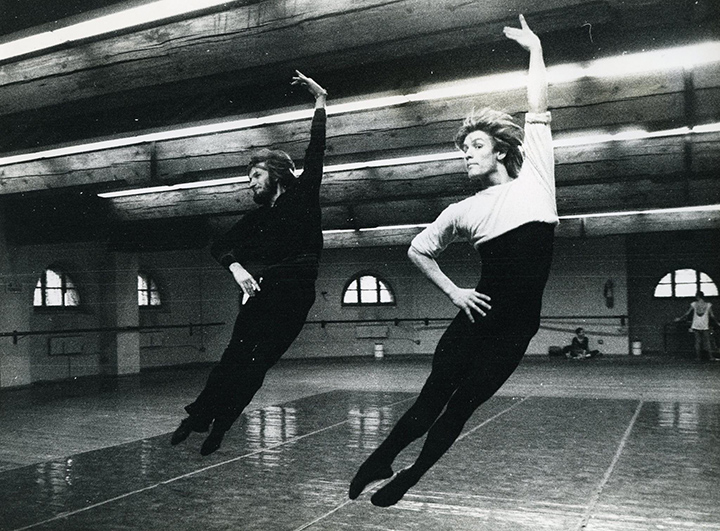
Fourth
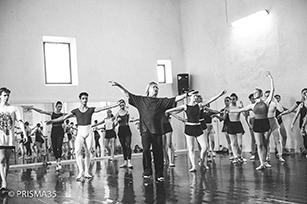
And the important fourth… To maintain form a dancer must have limitations on food. There are many studies in the US and Japan regarding how limiting caloric intake promotes longevity.
Fifth, in our view, creativity and self-expression play a tremendous part in the life of dancers. It provides them with inner peace and harmony, allows to constantly dream and move forward, reach for new horizons and free up the soul.
Fifth
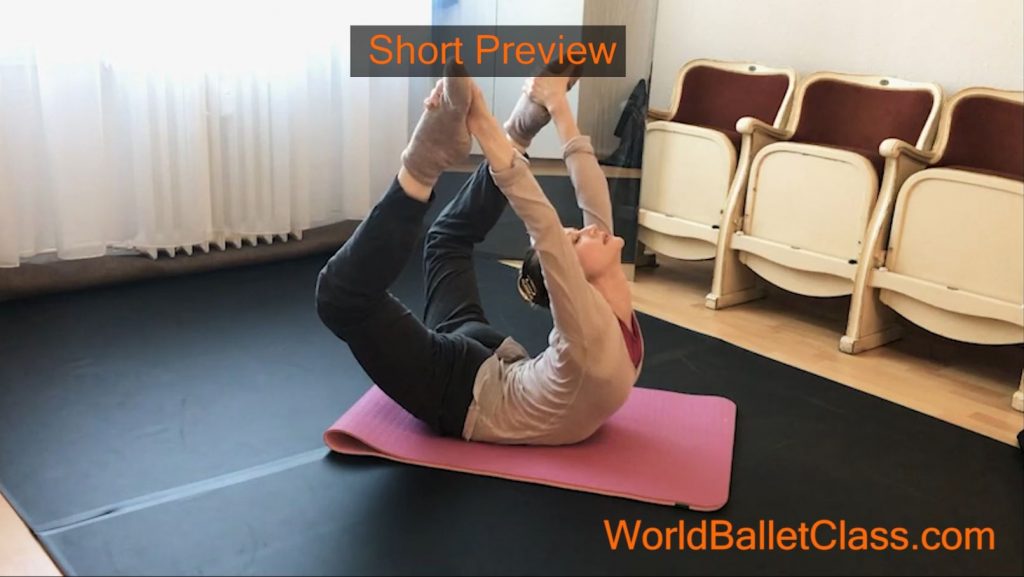

But this is the MOST IMPOIRTANT:
The majority of dancers and ballerinas do what they LOVE. And that, in the view of A lot of medical professionals, is what stimulates a person to have a long healthy and happy life.
We wish you a long and happy life!